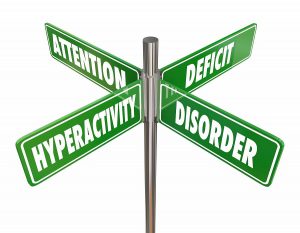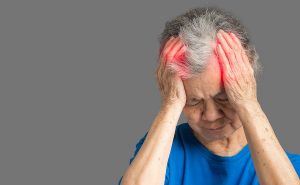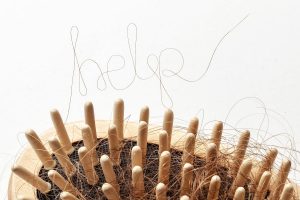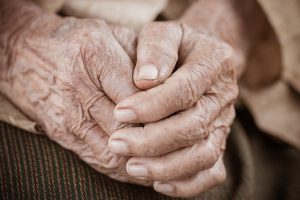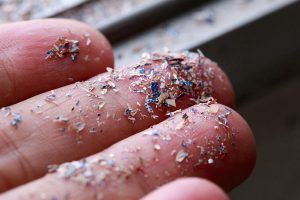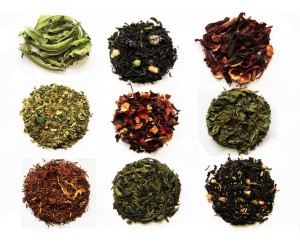 Tea may never become as popular as coffee in this country but it sure as hell is giving it all it’s got. Tea is popping up everywhere and Starbucks even has plans to start opening up teahouses (and you can’t fight the power of Starbucks – you just can’t). But even with this new found popularity there still is a lot to learn about the different types of tea.
Tea may never become as popular as coffee in this country but it sure as hell is giving it all it’s got. Tea is popping up everywhere and Starbucks even has plans to start opening up teahouses (and you can’t fight the power of Starbucks – you just can’t). But even with this new found popularity there still is a lot to learn about the different types of tea.
Camellia sinensis is the name of the plant from which all types of tea are made (it also should be the name of Radiohead’s next album). Other than that, most teas have very little in common. Each one differs in preparation, taste and health benefits. Below is a primer on the different varieties of tea, in case you want to get addicted to something other than your morning cup of joe.
Green Tea: Green tea is made primarily in China and Japan. The tea leaves are picked, dried and heat treated to stop fermentation. Chinese green tea produces a yellowish, green color with a toasted taste while Japanese green tea is dark green in color with a grassy taste. Both go great with an entire sleeve of Oreos.
Health benefits: prevents cell damage, lowers cholesterol, increases metabolism
Try: Chinese Gunpowder Tea
White Tea: White tea comes specifically from the tea buds and youngest tea leaves of the plant. The tea leaves are simply steamed and then dried. White tea has very little caffeine, one to two percent as much caffeine as one cup of coffee, and brews a light color and flavor. Loose white teas can be appreciated for their natural sweetness and delicacy…kind of like Zoey Deschanel.
Health benefits: boosts immune system, prevents dental plaque buildup
Try: Silver Needle White Tea
Black: When you think of Lipton, you are thinking black tea (though black tea looks more brown just to confuse you more). The process of making loose black tea involves withering then rolling the tea leaves, followed by a long period of fermentation.
Health benefits: lowers triglycerides, may prevent Parkinson’s
Try: Darjeeling First Flush
Oolong: Also known as wulong (or wu long) tea and often served in Chinese restaurants. After the tea leaves are picked they are intentionally bruised (and possibly insulted) by shaking. While the leaves are drying, the edges of the bruised leaves turn reddish in color and the surface becomes light yellow due to fermentation and oxidation. After some fermentation period the tea leaves are pan fired to create a semi-fermented tea.
Health benefits: antioxidants, reduces high blood pressure, complements, diabetes treatment
Try: Monkey Picked Oolong
Herbal: Herbal teas are not actually produced from tea leaves, so technical its not even tea (sorry lovers of poetry). Herbal tea, often called an herbal tisane or herbal infusion, is generally made from dried fruits, herbs, even flowers. They can be brewed as tea leaves or blended with other types of tea to create an aromatic and flavorful cup of tea that is caffeine free.
Health benefits: promotes restful sleep, may help prevent colds
Try: Rooibos: Rooibos teas are a naturally sweet and nutty tasting herbal tea made from the South African Red Bush. The rooibos tea processing method involves harvesting the red bush leaves, followed by grinding and bruising of the leaves. Then the rooibos is left to ferment and dried to yield a reddish brown needle-like tea.
Or –
Maté: Maté teas are made from the South American yerba mate plant. Most yerba mate comes from Argentina; the leaves and stems of yerba mate are harvested and then blanched, dried, aged and finally milled or cut. Maté is a bold tasting tea that is traditionally consumed in a gourd with a filtered straw and shared among friends…making it the tea of choice amongst all hipsters living in Brooklyn.





















